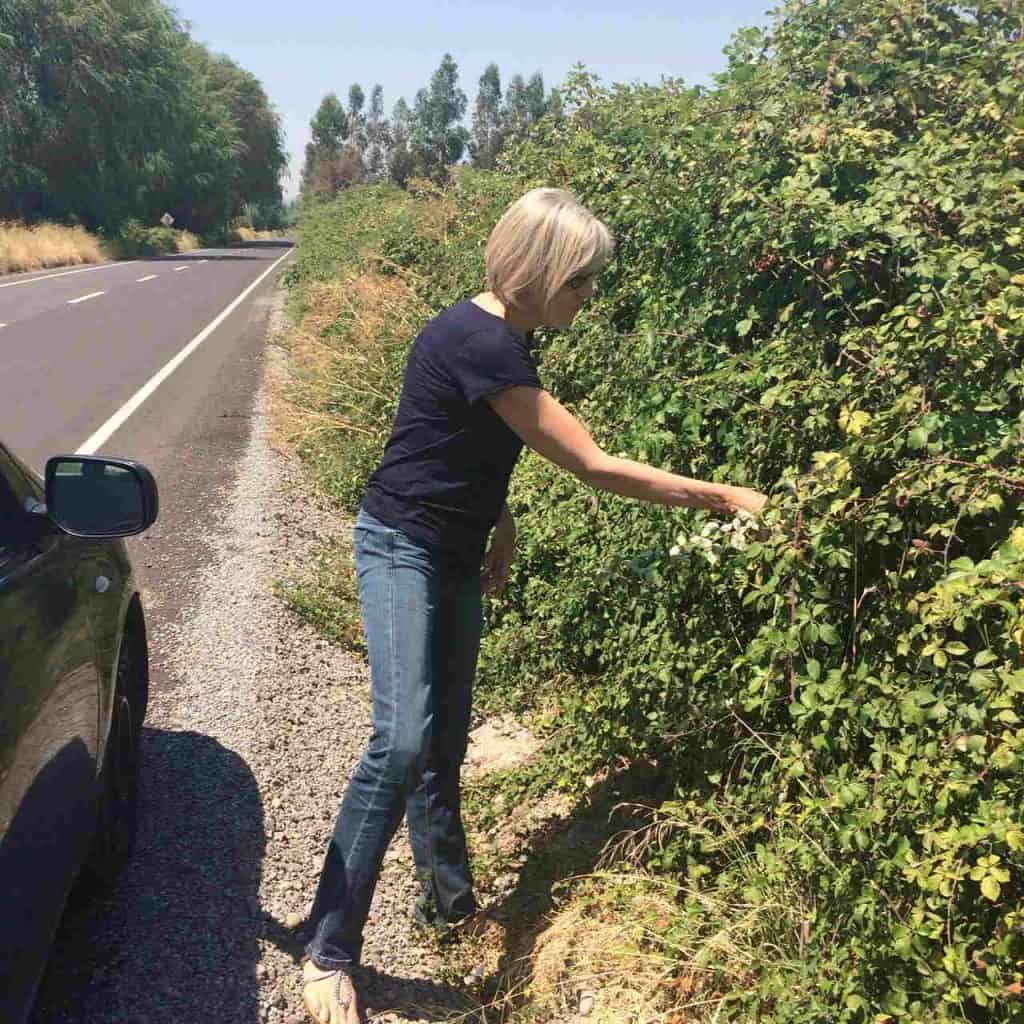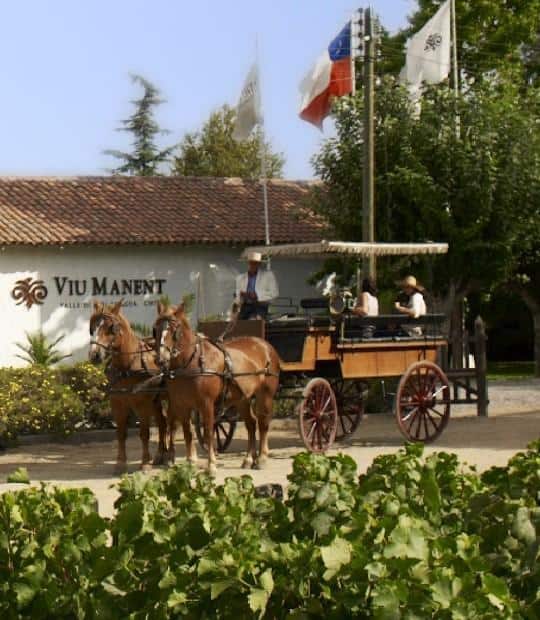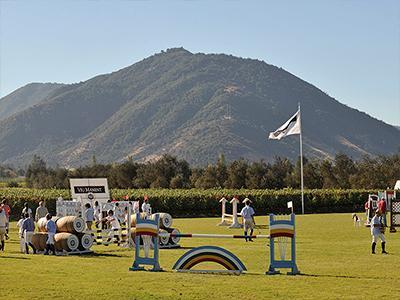Our second day in Santa Cruz began slowly with rich coffee and a breakfast of eggs, ham, and toast smeared with loads of blueberry jam. The berries here are incredible and, as you can see in the second photo below, are everywhere along the roads and in the hills. The bushes are loaded. The blackberry jam is tremendous, too, and I plan to take some home with me. We passed 20 – 30 roadside stands selling homemade jams on the way down, and we are going to stop on the way back and pick some up.
Later in the morning, we circled back to the main square and did a little shopping in the artisan shops. The wool products are spectacular and inexpensive, but wool is not something we wear very often (ever) in Nicaragua.
A woman, Juanita Munoz, makes beautiful jewelry here using a combination of colored wheat, straw, and silver. She won the UNESCO Seal of Excellence in 2008 and 2009, and was noted for Creativity and Innovation in 2003 by Feriarte Jewelry.

Several of the stores carry her work, and it is simply spectacular.
After shopping, we set off to find a property we had been shown on Google Earth, and I had a pretty good idea of where it was. Along the way, we pulled over to get our bearing on the farm, and Carol and I helped ourselves to some roadside blackberries.

We located the farm, and it could definitely be worthy of a second look in the future.
Once we had explored a little more of the back roads of Chile, we made our way to the Viu Manent vineyards for lunch. With no reservations, we had some concerns, but the hostess was able to locate a table for us with a view of the horse-jumping competition under way. 
We sat in the shade of some wonderful, century-old trees and enjoyed a nice breeze in the dry climate. Very, very comfortable. For lunch, I ate a ribeye steak and mashed potatoes with cilantro and shallots. Carol tried to finish a huge piece of salmon and a fresh salad. To conclude, we shared a tasting set of ice creams. All in all, sitting in the middle of a vineyard, watching the horses jump, and savoring a delicious meal cost us less than $60.

I have no idea what that experience would cost in the U.S., but I’m guessing a whole lot more. What I don’t think, though, is that if you paid a whole lot more, it could be any better. Our hotel overlooked orchards and vineyards and was less than $150 per night, including breakfast. Watermelons are $1, and apples, pears, and peaches are $1.40 for a huge 3 kg bag. Tomatoes are also silly cheap, and blackberries are abundant and free.
Experience the Insider community that takes your international lifestyle to the next level. Download your FREE guide
"18 Steps to Implementing Your Plan B" instantly!
Living in this part of the world has many advantages that have to be experienced to be believed. If you are thinking about making a move someday, rent a place here for 3-6 months and feel the real flow of life. Be careful…most folks love it and don’t want to go home. I know the feeling. When we traveled to Nicaragua 14 years ago and then decided to stay, I must say, I didn’t see it coming. Most folks don’t.
 Michael K. Cobb is the CEO and co-founder of ECI Developments which has properties throughout Latin America. He speaks all over the world on international real estate and is a board member of the National Association of Realtors.
Michael K. Cobb is the CEO and co-founder of ECI Developments which has properties throughout Latin America. He speaks all over the world on international real estate and is a board member of the National Association of Realtors.
Like Our Articles?
Then make sure to check out our Bookstore... we have titles packed full of premium offshore intel. Instant Download - Print off for your private library before the government demands we take these down!







